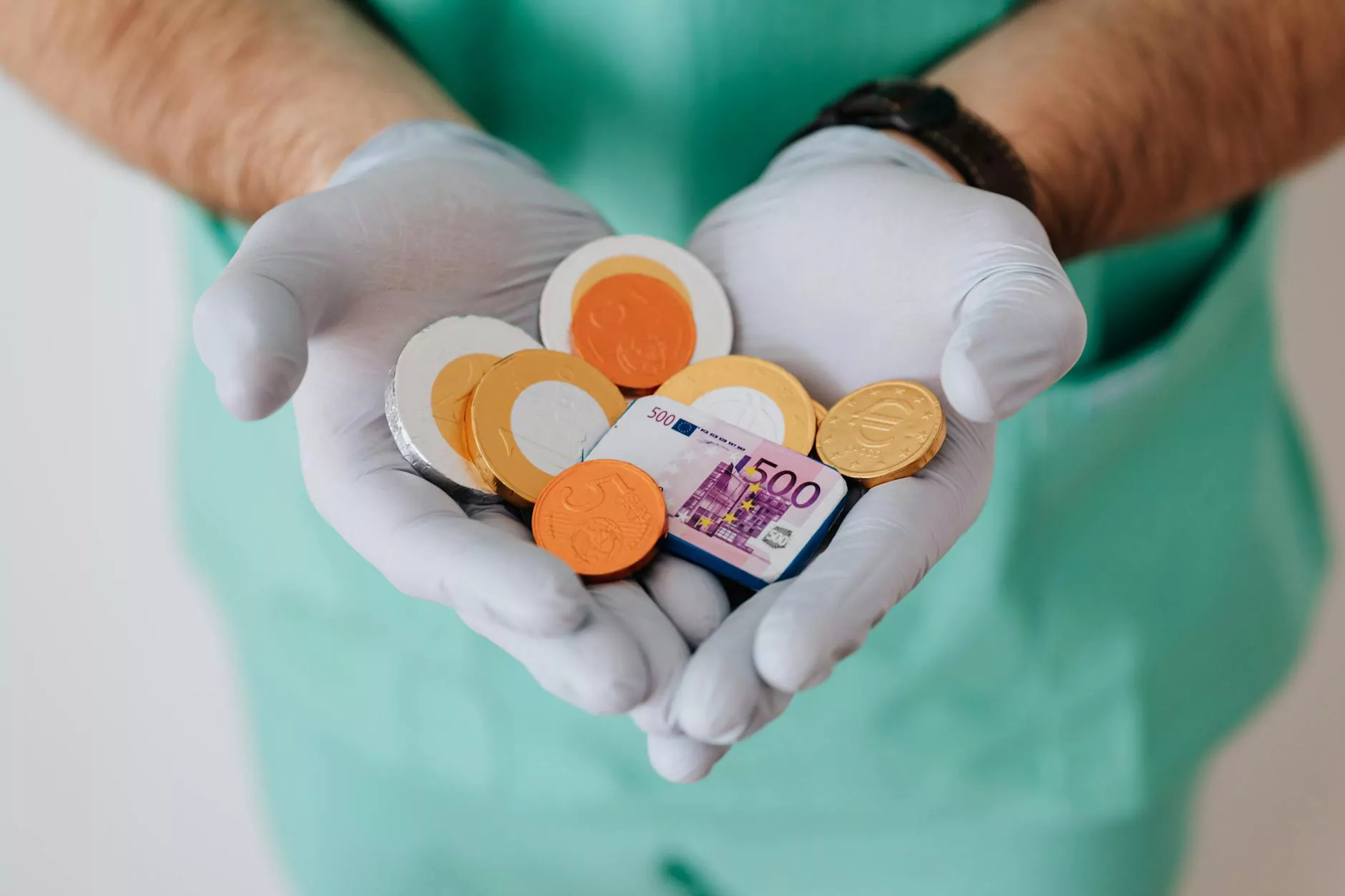How To Use Narcan | Center Point DAAC
Services
Introduction
Welcome to the informative guide on how to properly use Narcan, a life-saving medication for opioid overdoses. Our goal at Cynthia Cunningham, MFT is to provide comprehensive information on the correct administration and usage of this important medication.
What is Narcan?
Narcan, also known as naloxone, is an opioid antagonist medication used to reverse the effects of an opioid overdose. When administered properly, Narcan can quickly restore normal breathing to a person experiencing an overdose, potentially saving their life.
Why is Narcan important?
Opioid overdoses are a growing public health concern, and having access to Narcan can make a significant difference in saving lives. Whether you are a concerned family member, a healthcare professional, or someone who has come across an individual experiencing an overdose, learning how to use Narcan correctly is essential.
How does Narcan work?
Narcan works by binding to the same receptors in the brain that opioids, such as heroin or prescription painkillers, bind to. By binding to these receptors, Narcan blocks the effects of the opioids and rapidly reverses the overdose symptoms.
Administration of Narcan
Proper administration of Narcan is crucial for its effectiveness. Below are the steps to administer Narcan:
- Remove Narcan from its packaging.
- Check the expiration date to ensure it is still valid.
- Hold the Narcan device with the thumb on the bottom and two fingers on the nozzle.
- Position the nozzle into one nostril until your fingers touch the bottom of the person's nose.
- Press the plunger firmly to release the dose of Narcan.
- Remove the device from the nose and stay with the person, monitoring their breathing and overall condition.
- If the person doesn't respond or their breathing remains shallow, administer a second dose after 2-3 minutes.
Side Effects and Precautions
Narcan is generally safe and has minimal side effects. However, it is important to be aware of the following:
- Side effects may include withdrawal symptoms, such as nausea, vomiting, sweating, and increased heart rate.
- If Narcan is administered to a person who is not experiencing an opioid overdose, it will have no effect.
- Seek immediate medical assistance after administering Narcan, as the underlying cause of the overdose needs to be addressed.
Training on the use of Narcan
At Cynthia Cunningham, MFT, we offer training programs and resources to educate individuals on the proper usage of Narcan. Our healthcare professionals are experienced in providing comprehensive information and guidance on administering Narcan safely and effectively.
Conclusion
Knowing how to use Narcan can make a significant impact in saving lives during opioid overdoses. By understanding the correct administration and having access to this life-saving medication, you can be prepared to assist someone in need. Reach out to Cynthia Cunningham, MFT to learn more about Narcan administration training and the importance of being equipped with this valuable tool.










